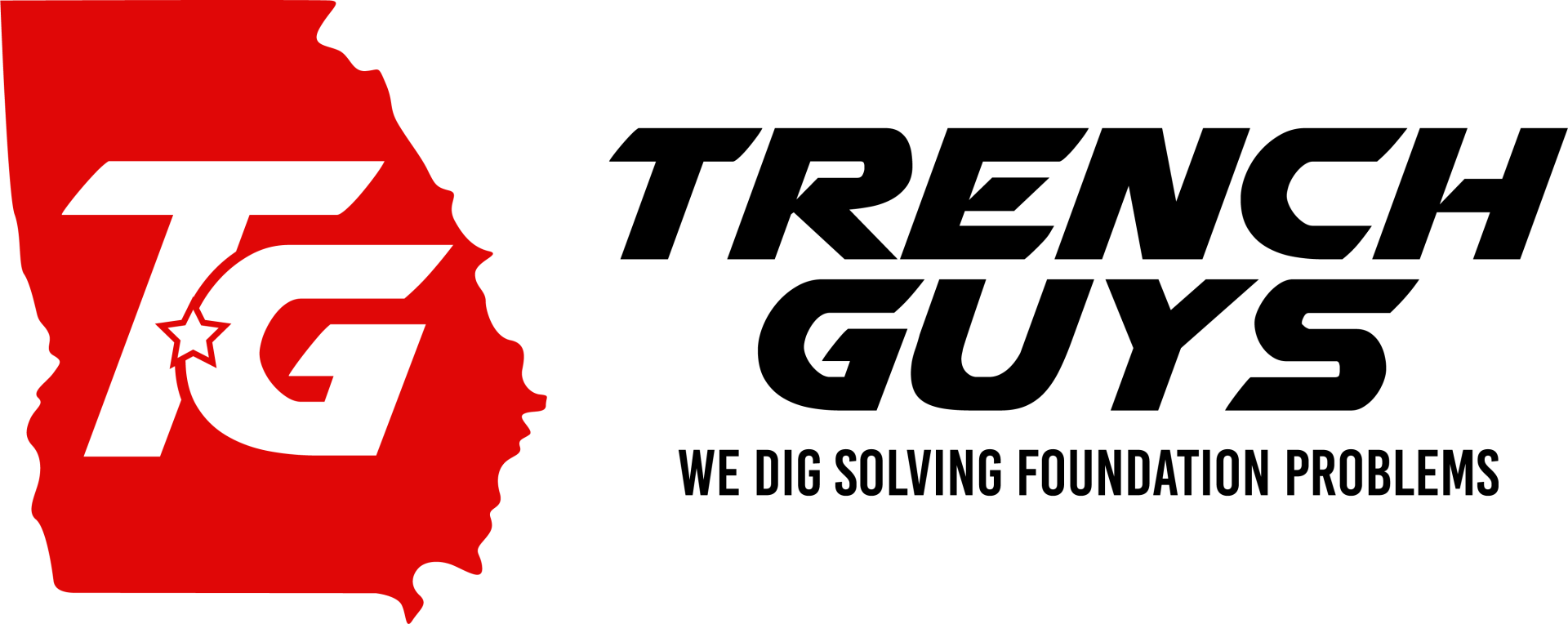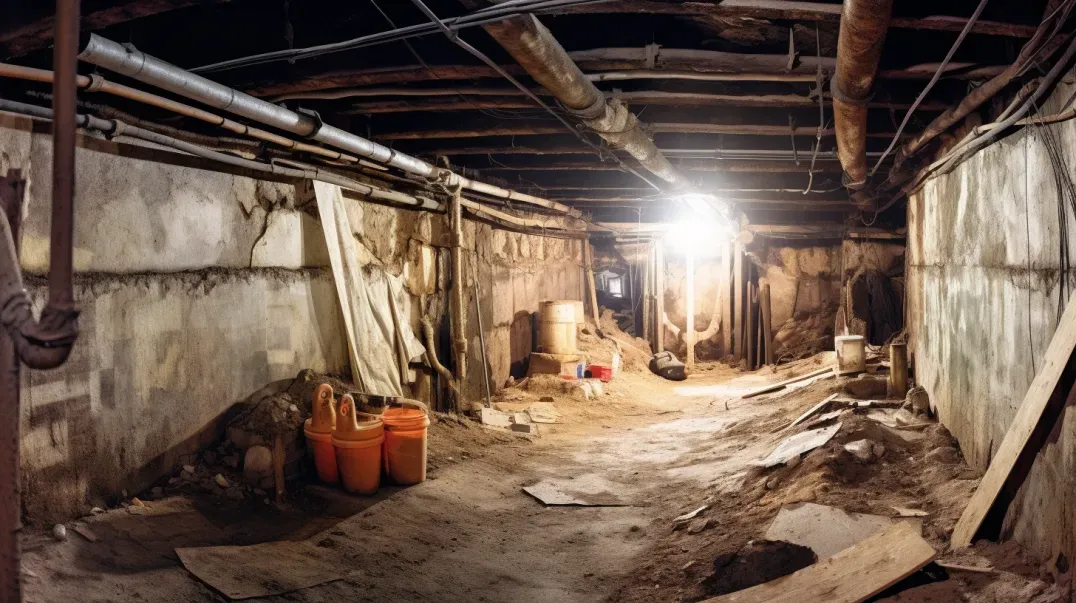Wood rot in crawl spaces is a serious issue that can undermine the structural integrity of your home, leading to costly repairs and potential safety hazards. The crawl space, often out of sight and out of mind, is particularly vulnerable to moisture accumulation, which is the primary catalyst for wood rot. When wood in your crawl space is exposed to excess moisture over time, it becomes susceptible to fungal growth, which can rapidly deteriorate wooden beams, joists, and other structural components.
Preventing wood rot is crucial not only for maintaining the stability and safety of your home but also for preserving its value. Left unchecked, wood rot can spread, causing significant damage that may require extensive and expensive repairs. Moreover, wood rot can also contribute to poor indoor air quality, as mold and mildew thrive in damp, rotting wood, potentially leading to health issues for you and your family.
This blog will explore the importance of preventing wood rot in crawl spaces, highlighting the common causes of wood rot and providing practical tips on how to protect your home from this pervasive problem. By understanding the risks associated with wood rot and taking proactive measures to prevent it, homeowners can ensure their crawl spaces remain dry, stable, and free from the destructive effects of moisture.
Identifying the Causes of Wood Rot
Understanding the causes of wood rot in crawl spaces is essential for preventing this destructive problem. By identifying and addressing the underlying factors, homeowners can protect their crawl spaces from moisture-related damage and ensure the longevity of their home's structural components.
Moisture Sources
Leaks and Seepage:
One of the primary causes of wood rot in crawl spaces is the presence of moisture, often resulting from leaks and seepage. Water from plumbing leaks, damaged pipes, or poor drainage systems can infiltrate the crawl space, leading to prolonged exposure of wooden structures to moisture. Regularly inspect the crawl space for signs of water intrusion, such as damp spots, standing water, or water stains on wood surfaces. Early detection and repair of leaks are crucial for preventing moisture accumulation that can lead to wood rot.
High Humidity:
High humidity levels in the crawl space can also contribute to wood rot by creating an environment where moisture lingers on wood surfaces. Using hygrometers to measure humidity levels is an effective way to monitor the moisture content in the air. Ideally, humidity levels should be kept below 60% to minimize the risk of wood rot. If humidity levels are consistently high, consider implementing moisture control measures such as installing dehumidifiers or improving ventilation to reduce moisture in the air and protect wood structures from decay.
Poor Ventilation
Lack of Airflow:
Inadequate ventilation in crawl spaces can exacerbate moisture problems by trapping humid air and preventing it from dissipating. Poor airflow allows moisture to accumulate, leading to conditions that promote wood rot. Identifying areas in the crawl space with limited or no ventilation is essential for addressing this issue. Ensure that vents are properly installed and unobstructed to facilitate air circulation. In some cases, additional ventilation, such as vent fans, may be necessary to improve airflow and reduce moisture levels effectively.
Condensation:
Condensation is another common issue in poorly ventilated crawl spaces, where warm, moist air meets cooler wood surfaces, causing water droplets to form. Over time, this condensation can lead to wood rot if not addressed. During inspections, check for signs of condensation on wooden beams, joists, and other structural components, particularly in corners and along the foundation walls. If condensation is present, it may indicate a need for improved ventilation or insulation to prevent temperature fluctuations that lead to moisture buildup on wood surfaces.
By identifying and addressing the causes of wood rot, such as moisture sources and poor ventilation, homeowners can take proactive steps to protect their crawl spaces from this damaging issue. Understanding these underlying factors is key to implementing effective prevention strategies that ensure the long-term stability and safety of the home.
Improving Drainage and Moisture Control
Effective drainage and moisture control are critical for maintaining a dry and healthy crawl space. By implementing both exterior and interior solutions, homeowners can prevent water intrusion and protect their crawl spaces from moisture-related damage.
Exterior Drainage Solutions
Grading and Slope:
Proper grading and slope around your home’s foundation are essential for directing water away from the crawl space. The ground should slope away from the foundation at a gradient of at least 5% over a distance of 10 feet. This slope ensures that rainwater and runoff are channeled away from the foundation, reducing the risk of water pooling near the crawl space. Regularly inspect the grading around your home and make adjustments as necessary, such as adding soil or regrading areas where erosion or settling has occurred. Maintaining the correct slope is a simple yet effective way to prevent water intrusion and protect your crawl space from moisture problems.
Gutters and Downspouts:
Well-maintained gutters and downspouts are crucial for managing roof runoff and directing it away from the foundation. Ensure that gutters are free of debris and functioning properly to capture rainwater. Downspouts should extend at least 5 to 10 feet away from the foundation to prevent water from draining too close to the crawl space. Consider installing downspout extensions or splash blocks to further guide water away from the house. Regularly cleaning and inspecting gutters and downspouts helps prevent water from accumulating near the foundation and reduces the risk of seepage into the crawl space.
Interior Drainage Solutions
Sump Pumps:
Sump pumps are an effective interior drainage solution for removing standing water from the crawl space. Installed in a sump pit, these pumps automatically activate when water accumulates, pumping it out of the crawl space and away from the home. Sump pumps are particularly useful in areas prone to flooding or with high water tables, where water intrusion is a common issue. When installing a sump pump, ensure it has a reliable power source, such as a battery backup, to operate during power outages. Regular maintenance, including checking the pump's operation and cleaning the sump pit, is essential for ensuring the system works effectively when needed.
French Drains:
French drains are another effective interior drainage solution, designed to channel water away from the crawl space. These systems consist of a perforated pipe installed in a trench filled with gravel, typically along the perimeter of the crawl space. The pipe collects and redirects water away from the foundation, preventing it from entering the crawl space. French drains can be installed both inside and outside the foundation walls, depending on the specific needs of the home. By directing water away from the crawl space, French drains help maintain a dry environment, reducing the risk of moisture-related damage such as wood rot and mold growth.
By implementing these exterior and interior drainage solutions, homeowners can effectively manage water around their homes and protect their crawl spaces from moisture intrusion. These measures not only prevent structural damage but also contribute to a healthier and more stable living environment.
Sealing and Waterproofing
Sealing and waterproofing your crawl space are essential steps in preventing moisture intrusion and protecting the structural integrity of your home. By properly installing vapor barriers and sealing the foundation, you can create a dry, stable environment that resists water damage and mold growth.
Vapor Barriers
Floor and Walls:
Installing vapor barriers on the crawl space floor and walls is a highly effective method for controlling moisture. Vapor barriers are made from heavy-duty plastic or other impermeable materials that prevent ground moisture from seeping into the crawl space. To ensure maximum protection, cover the entire floor with the barrier, extending it up the walls at least several inches. This installation helps create a continuous shield against moisture, reducing the risk of condensation and the associated problems of mold and wood rot. Proper installation of vapor barriers is crucial for maintaining a dry crawl space and improving the overall air quality in your home.
Sealing Seams:
For vapor barriers to be fully effective, it is essential that all seams and edges are properly sealed. Overlapping the seams by several inches and securing them with waterproof tape or adhesive ensures that moisture cannot penetrate through gaps. Additionally, the edges of the barrier should be securely attached to the foundation walls or piers to create a tight seal. This attention to detail prevents any openings where moisture could enter, providing comprehensive protection for your crawl space. Properly sealed seams ensure the vapor barrier's integrity, helping to maintain a consistently dry environment.
Foundation Sealing
Crack Repairs:
Cracks in the foundation are a common source of moisture intrusion, which can lead to significant structural damage if not addressed. Sealing these cracks with epoxy or polyurethane is an effective way to prevent water from entering the crawl space. Epoxy injections are ideal for structural cracks, as they provide a strong, permanent seal that reinforces the foundation. Polyurethane is more flexible and can expand to fill wider gaps, making it suitable for sealing cracks that may experience movement. Regularly inspecting the foundation for cracks and sealing them promptly helps protect your home from moisture damage and prolongs the life of the foundation.
Waterproof Coatings:
Applying waterproof coatings to the foundation walls adds an additional layer of protection against water intrusion. These coatings form a barrier that repels water, preventing it from penetrating the foundation and seeping into the crawl space. Waterproof coatings are particularly beneficial in areas prone to heavy rain or high groundwater levels. When applying these coatings, ensure that the surface is clean and dry for optimal adhesion. A properly applied waterproof coating not only helps keep the crawl space dry but also enhances the durability of the foundation, reducing the risk of future water-related problems.
By implementing effective sealing and waterproofing measures, homeowners can significantly reduce the risk of moisture intrusion in their crawl spaces. These strategies help maintain a dry, healthy environment, protecting the home from structural damage and improving indoor air quality.
Enhancing Ventilation
Proper ventilation is crucial for maintaining a healthy and dry crawl space. By enhancing ventilation, homeowners can effectively control humidity, prevent moisture buildup, and improve overall air quality. Utilizing vent fans, automatic vent openers, and dehumidifiers are key strategies for achieving optimal ventilation in crawl spaces.
Vent Fans
Installation:
Installing vent fans is an effective way to improve air circulation in your crawl space. Vent fans work by actively moving air in and out of the crawl space, helping to remove stale, humid air and replace it with fresh outdoor air. This airflow helps reduce moisture levels, preventing the conditions that lead to mold growth, wood rot, and pest infestations. When installing vent fans, it’s important to place them strategically to ensure even airflow throughout the crawl space. Properly installed vent fans can significantly enhance the ventilation of your crawl space, contributing to a drier and healthier home environment.
Automatic Vent Openers:
Automatic vent openers are a convenient tool for regulating airflow in crawl spaces. These devices are designed to open and close vents based on temperature or humidity levels, allowing for optimal ventilation without the need for manual adjustments. Automatic vent openers ensure that vents are open when the crawl space needs fresh air and closed when conditions outside could introduce excess moisture, such as during rainy or humid weather. By automatically adjusting to changing environmental conditions, these openers help maintain a balanced and controlled airflow, reducing the risk of moisture-related problems.
Dehumidifiers
Humidity Control:
Dehumidifiers are essential for maintaining optimal humidity levels in crawl spaces, especially in areas with naturally high humidity or poor natural ventilation. A dehumidifier works by extracting moisture from the air, reducing humidity to levels that inhibit mold growth and moisture damage. When selecting a dehumidifier, choose one that is appropriately sized for your crawl space to ensure effective moisture control. Dehumidifiers are particularly useful in combination with other ventilation strategies, providing a comprehensive solution for maintaining a dry and healthy crawl space.
Regular Maintenance:
To ensure that dehumidifiers operate efficiently, regular maintenance is necessary. This includes emptying the water collection tank frequently, especially in high-humidity conditions, and cleaning or replacing the air filters to maintain optimal airflow. Regularly check the dehumidifier’s operation to ensure it is functioning properly, and inspect the unit for any signs of wear or damage. Proper maintenance of dehumidifiers not only ensures their effectiveness but also prolongs their lifespan, providing continuous protection against excess humidity in your crawl space.
By enhancing ventilation with the installation of vent fans, automatic vent openers, and dehumidifiers, homeowners can create a well-ventilated crawl space that resists moisture buildup and supports a healthy home environment. These strategies work together to ensure consistent airflow, control humidity, and prevent the issues associated with poor ventilation.
Regular Inspections and Maintenance
Consistent inspections and maintenance are key to preventing and addressing issues in your crawl space before they become serious problems. Regular attention to your crawl space can help ensure that it remains dry, healthy, and structurally sound, protecting your home from costly damage.
Routine Checks
Periodic Inspections:
Scheduling regular inspections of your crawl space is essential for identifying potential issues early. These inspections should be conducted at least twice a year, ideally during the spring and fall, when changes in weather can reveal moisture problems or structural concerns. During these checks, inspect for signs of water intrusion, mold growth, pest infestations, and structural damage. Pay close attention to areas around plumbing, vents, and foundation walls, as these are common spots for issues to arise. Regular inspections allow homeowners to catch problems in their early stages, making them easier and less expensive to fix.
Monitor Humidity:
Keeping track of humidity levels in your crawl space is another important aspect of routine maintenance. High humidity can lead to moisture buildup, which promotes mold growth and wood rot. Using hygrometers to monitor humidity levels allows you to detect when conditions are becoming unfavorable. Ideally, humidity levels should be kept below 60% to prevent moisture-related problems. If you notice a rise in humidity, consider taking immediate steps to improve ventilation or install dehumidifiers to maintain a dry environment. Monitoring humidity regularly helps you stay ahead of potential moisture issues, ensuring your crawl space remains protected.
Immediate Repairs
Prompt Action:
When issues such as leaks, moisture buildup, or structural damage are identified during inspections, it’s crucial to take prompt action. Addressing these problems immediately can prevent them from escalating into more significant, costly repairs. For instance, sealing leaks quickly can stop water from causing further damage, while fixing small cracks in the foundation can prevent them from expanding and compromising the structural integrity of your home. Timely repairs not only protect your crawl space but also help maintain the overall health and safety of your home.
Professional Help:
For more significant issues, such as extensive water damage, mold remediation, or major structural repairs, it’s important to hire professionals. Professional contractors have the expertise and tools needed to properly assess and address complex problems. Whether it’s repairing a cracked foundation, installing a new drainage system, or safely removing mold, professionals can ensure the job is done correctly and effectively. By seeking professional help for serious repairs, homeowners can avoid further complications and ensure that their crawl space is restored to a safe and functional condition.
Regular inspections and maintenance are essential practices for maintaining a healthy crawl space. By conducting routine checks, monitoring humidity, and addressing issues promptly, homeowners can prevent costly damage and ensure their home remains safe and secure. Investing in regular care for your crawl space pays off in the long run, protecting both your property and your peace of mind.
FAQs
-
What causes wood rot?
Wood rot is primarily caused by prolonged exposure to moisture, which leads to fungal growth that deteriorates the wood.
-
How to control crawl space moisture?
Control moisture by installing vapor barriers, improving drainage, and using dehumidifiers to maintain low humidity levels.
-
Why is ventilation important?
Proper ventilation prevents moisture buildup, reducing the risk of wood rot by promoting air circulation and drying.
-
How to identify early wood rot?
Early signs of wood rot include discoloration, soft spots, and a musty odor. Regular inspections can help detect these early.
-
When to seek professional help?
Seek professional help if you find extensive wood rot, structural damage, or persistent moisture issues that DIY solutions can't resolve.
Contact Trench Guys Today!
Trench Guys will do everything we can to ensure your experience with us is excellent.
Request A FREE Estimate
Request a Free Estimate Form
We will get back to you as soon as possible.
Please try again later.
Checkout Recent Post
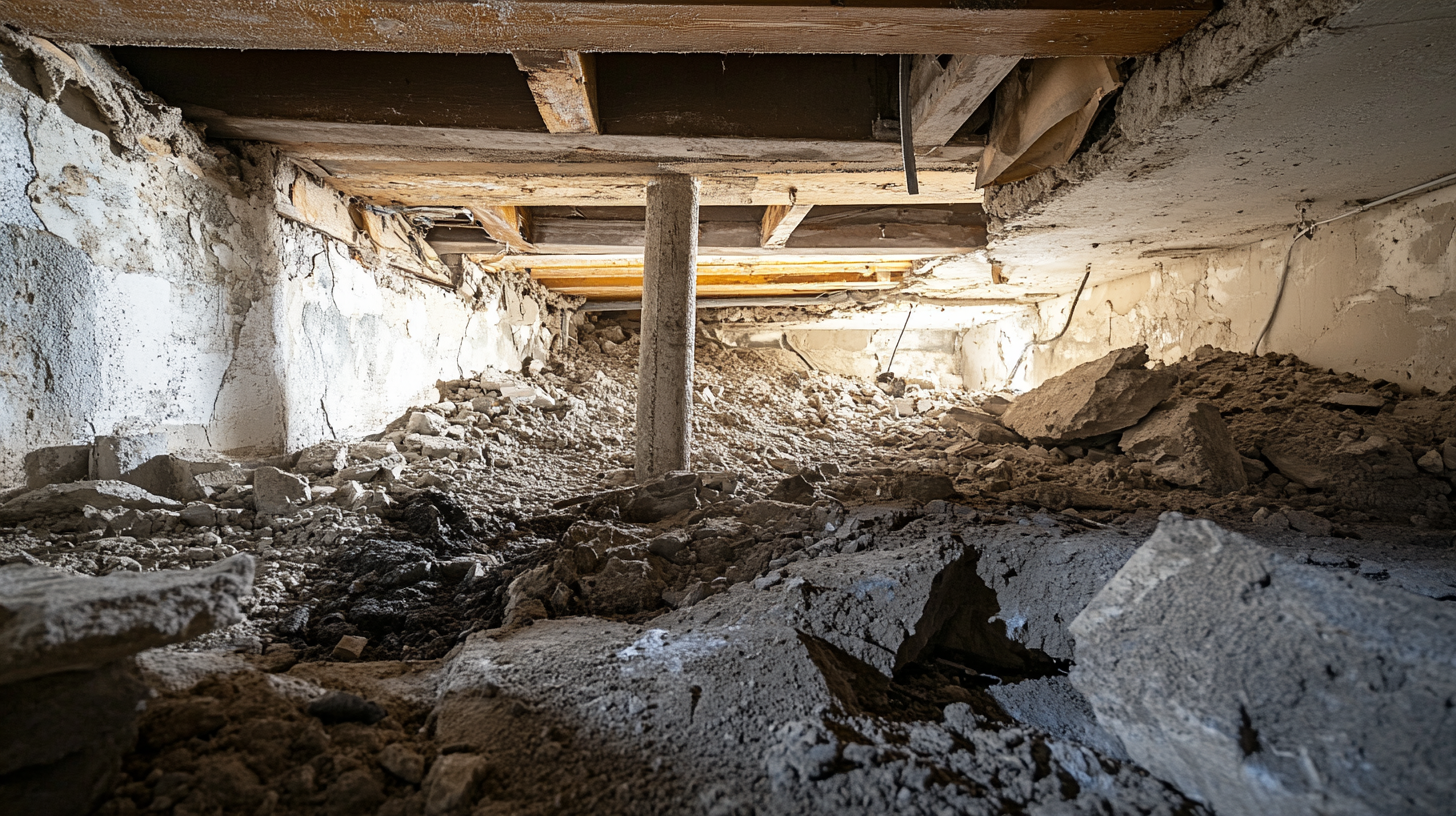
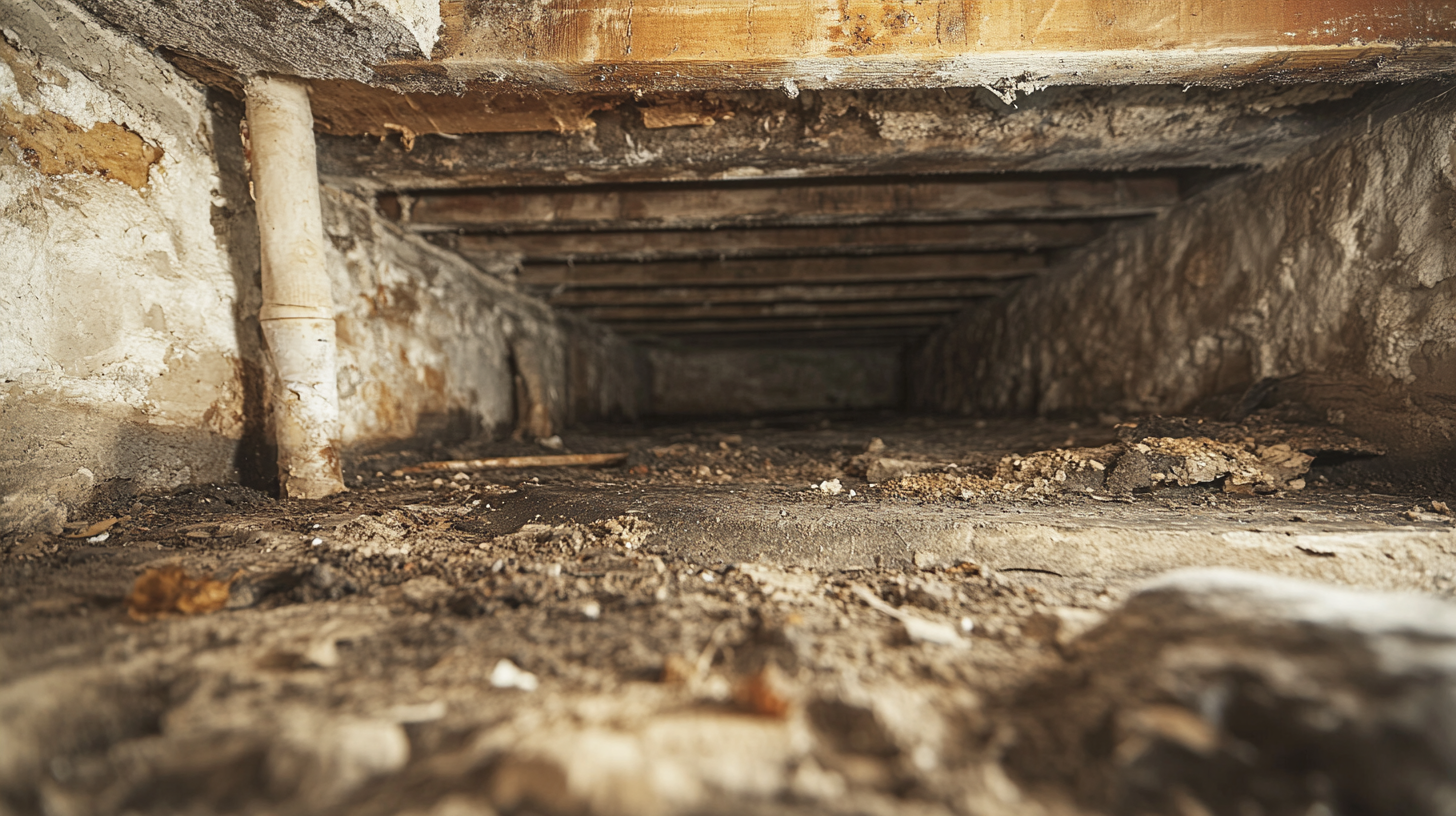
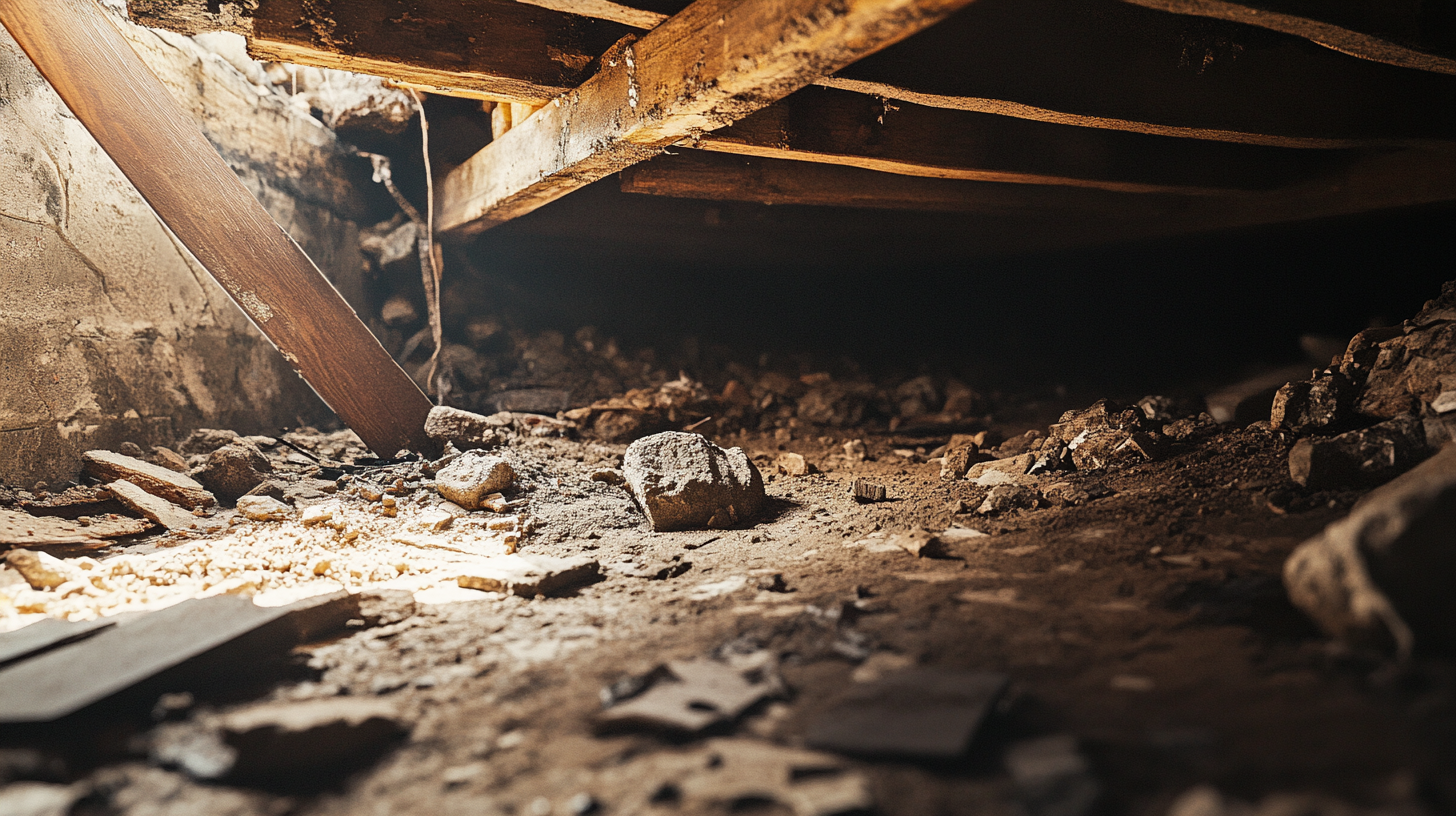
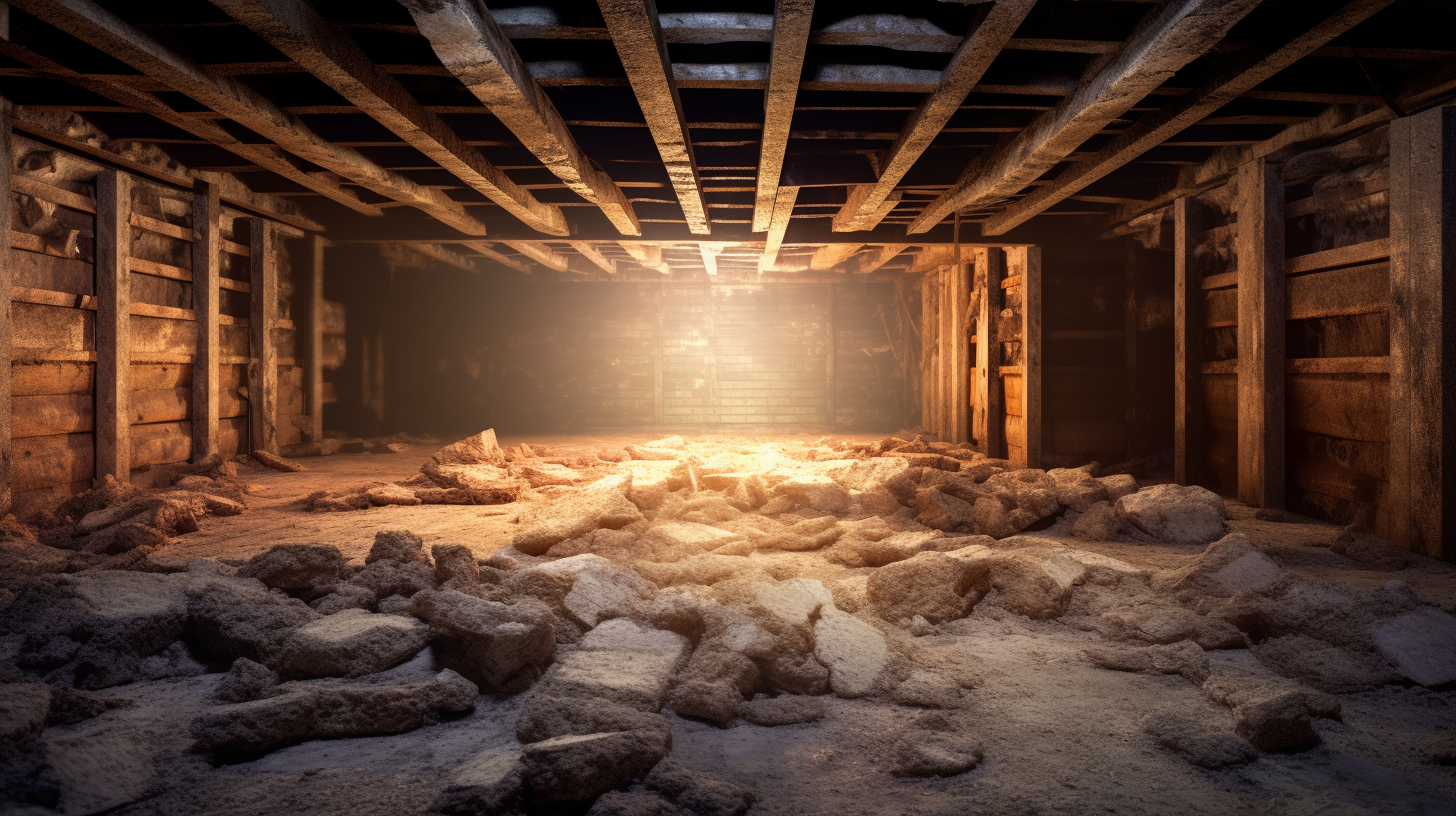
Got a Question? We’re Here to Help.
You can arrange an appointment or make an enquiry by phone or email, orget in touch to us via our contact form.
Looking for a reliable and professional company to take care of your crawl space, basement and gutter needs? Look no further than Trench Guys! We have years of experience in the industry and can provide you with top-quality services at a competitive price. Contact us today to get started!
CONTACT INFORMATION
Phone: 478-236-6403
Email: Wedigmiddlega@gmail.com
Address: Macon, GA
Business Hours:
Mon-Fri: 6:00 AM - 5:00 PM
Sat-Sun: Closed
ADDITIONAL INFORMATION
Us Across The Web
Geo
Neighborhoods
Niche
All Rights Reserved | Trench Guys
Privacy Policy | Terms & Conditions | Sitemap
